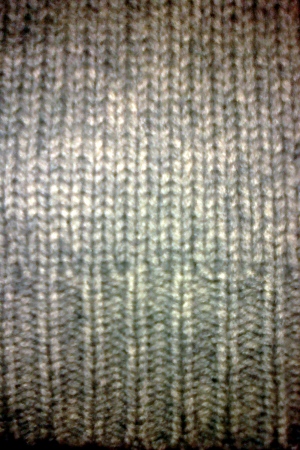HOW-TO // What to Do If Your Kickstarter Campaign Fails
 Dec 13, 2011 Tweet
Dec 13, 2011 Tweet 
So you didn't reach your Kickstarter goal. You're not alone! The scary truth is that less than half of all Kickstarter campaigns reach their goal--and as you probably know, if you don't reach your goal, you don't collect anything. You're a grown up, you know it's nothing personal. Raising money is tough any way you cut it and you always knew this was a possibility. So what now? It's time to dust yourself off and figure out how to make your dream come true.
We see a lot of campaigns get started, some have amazing, life-changing outcomes, some go a bit rockier. Either way, we want to help you see your ideas/businesses/causes through and in the event your Kickstarter doesn't go as planned, we've amassed some helpful tips for startin' fresh.
First bit of positive reinforcement: The good news is you've put together a lot of quality material detailing why you and your project are great. Now here's what to do with it:
- If you haven't already, see what's available in the way of grants and fellowships. Of course, this money is hard-earned--depending on which program(s) you apply for, you could be competing against thousands of applicants for just one or two positions. But often the applications are free, and the prestige from actually getting one of these things will look great to potential investors.
- Look into small business loans. This can be a bit intimidating; it means taking on debt and being beholden to lenders. But interest rates are generally low, and there actually is a lot of money available. Lenders may even want you to take more than you think you'll need, just to ensure you can do things right and become profitable.
- Ask your family. We're joking a little, and maybe you've already tried this and it didn't go so well. Or maybe it just feels like a hard pill to swallow. But family is the ultimate low-interest lender, and they have a vested interest in your success. Seriously, if you haven't done it and you have decent relationships with family members (and they have a little disposable income) just ask.
- Look for teammates. Find people who are successfully doing things that are complementary to your project and email them directly. Link them to your materials and explain why you think you should work together. The worst-case scenario is that they'll ignore you completely, and they're already doing that, so why not try?
- Do a bit of tweaking and restart your Kickstarter. Do everything you can to get your page featured on a curated site. Study Google Adwords to make it search-engine optimized. Link it Times Style trend pieces. Throw everything you've got at making it stand out.
- Contact the media. Email every blog, magazine, newspaper, web show, whatever you can think of and tell them what you're trying to do and where it went wrong. Again, the worst thing that will happen is you'll be get no response. But most of us media types are so inundated with soulless, grammatically hideous press releases that your heartfelt prose will move us...maybe even enough to take up your cause.
The bottom line to resetting is knowing you're not in this alone. If you don't get your cash in the first round, it's more likely that your pitch neeeds work than that your idea does, so use the resources available to you (and if you're a 3rd Ward member, take full of advantage of this wonderful community you've helped build.)
No matter what: Keep at it. You will make it happen.
--Layla Schlack




